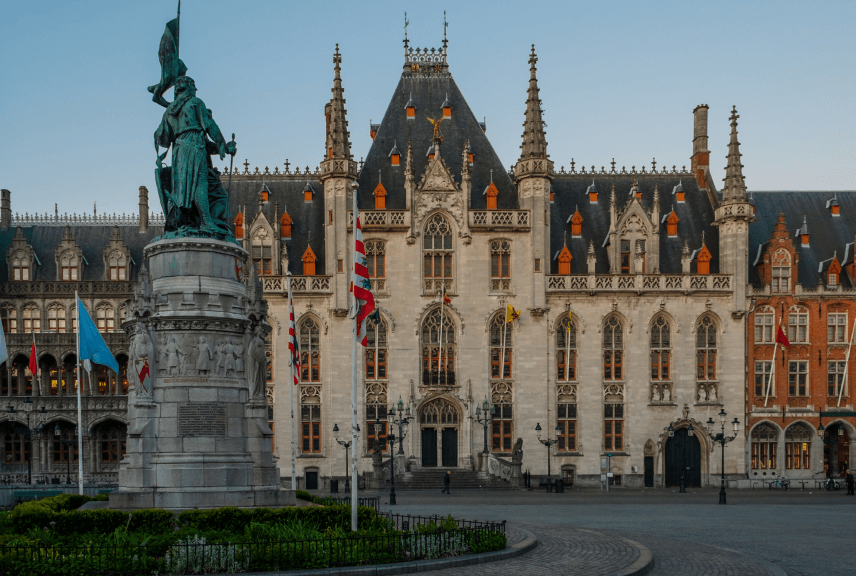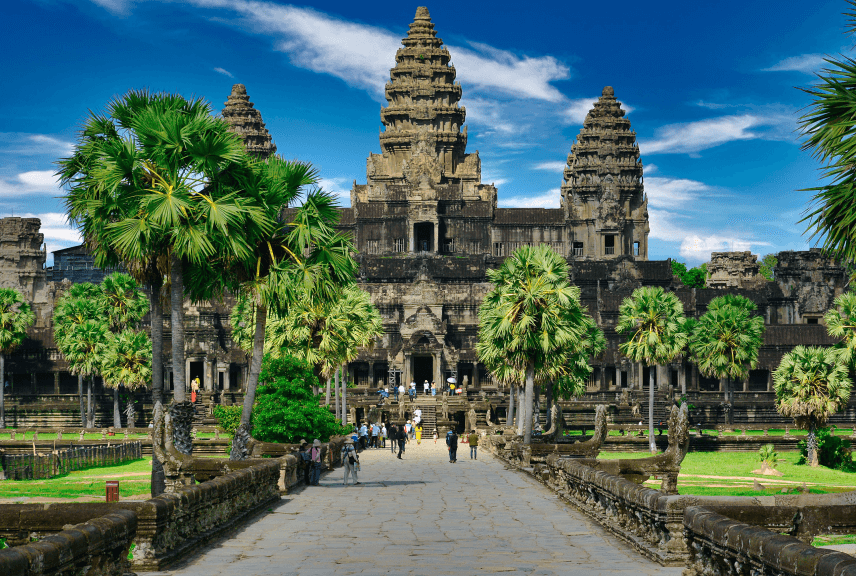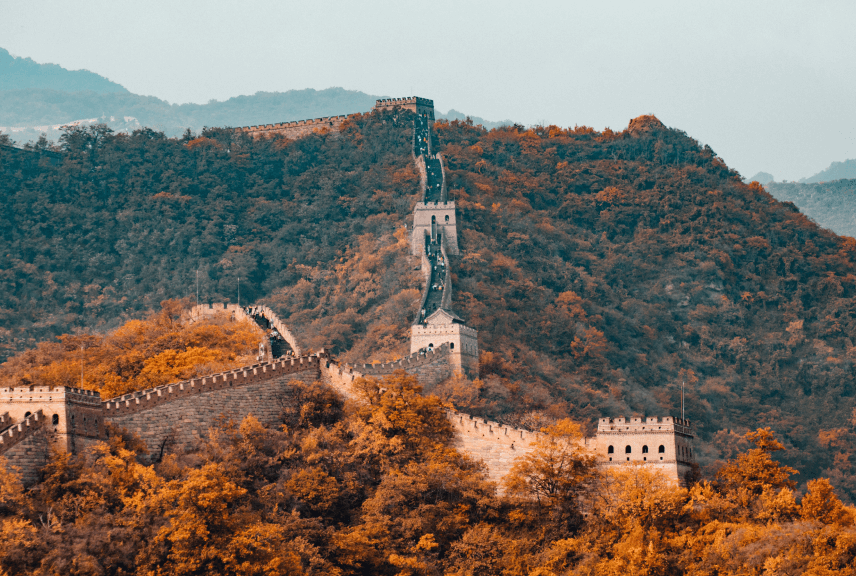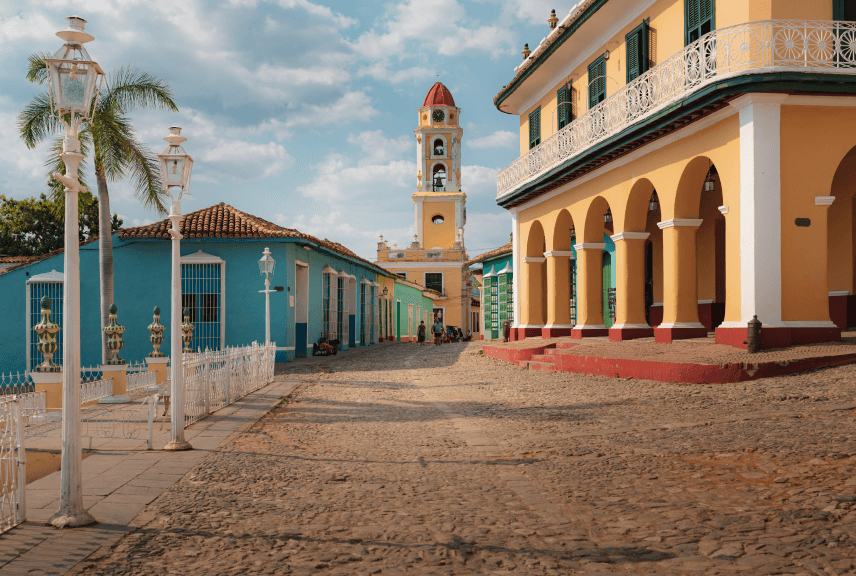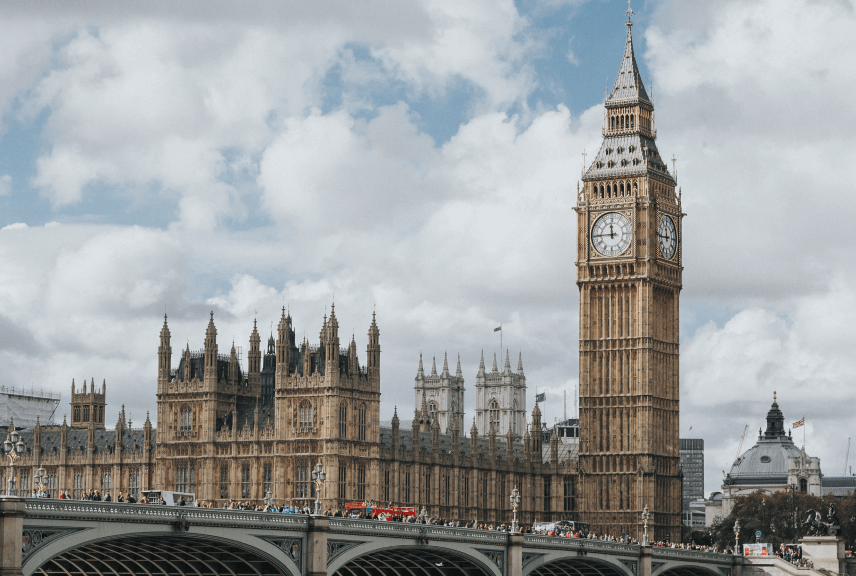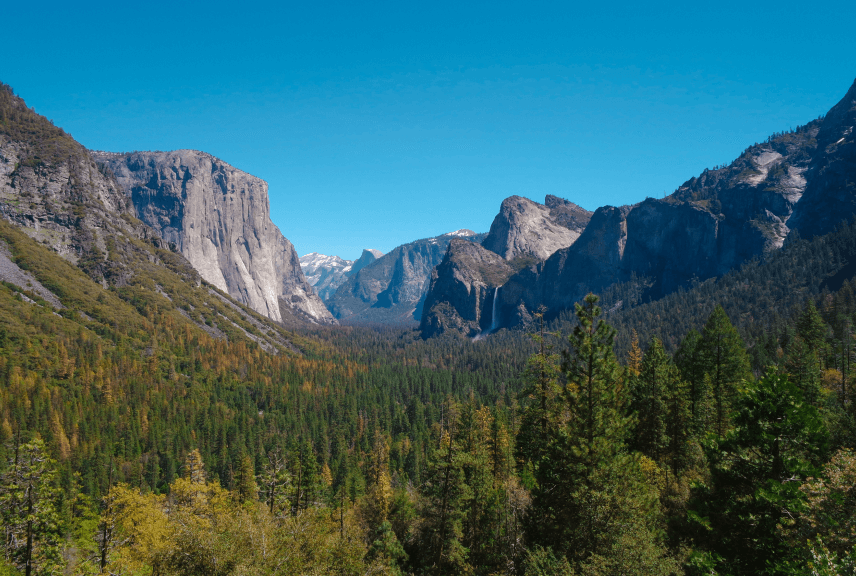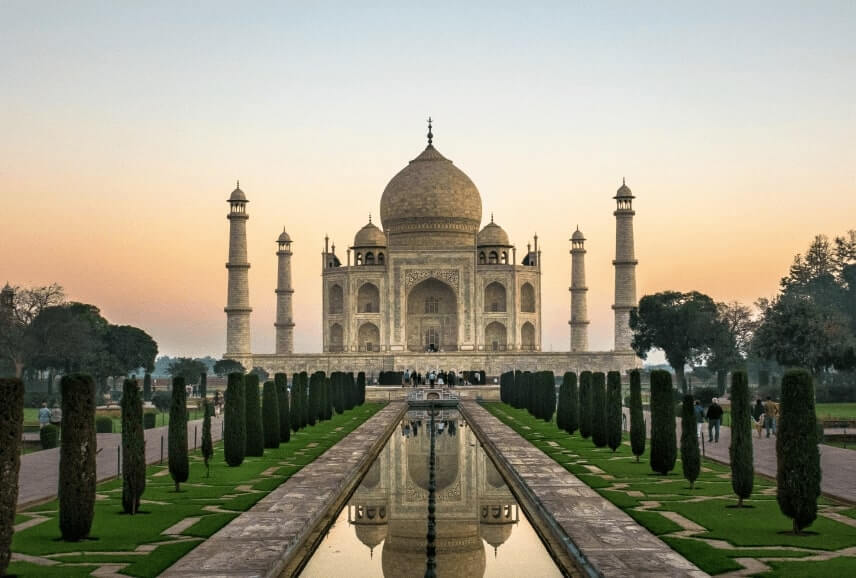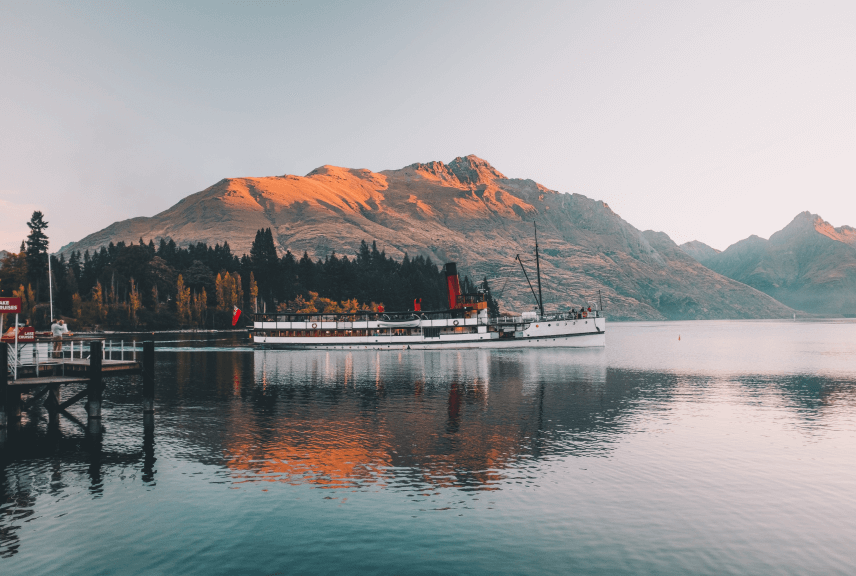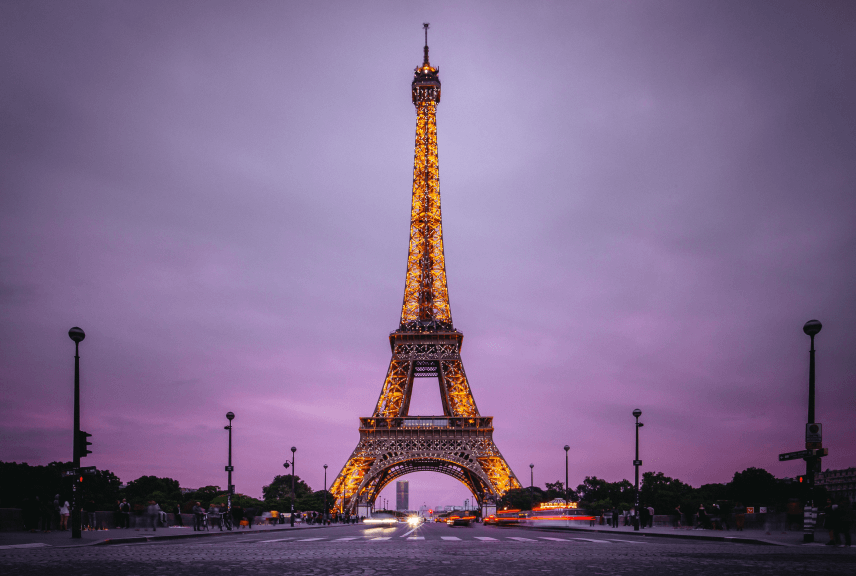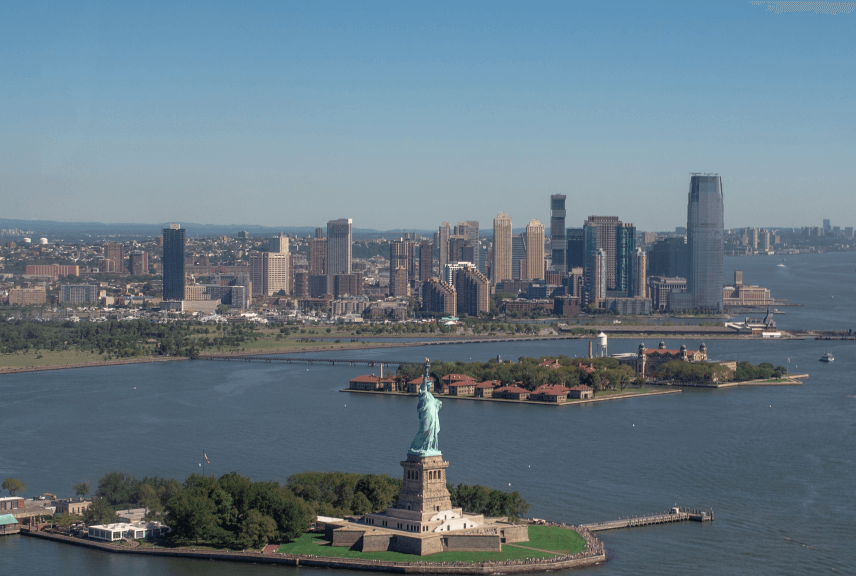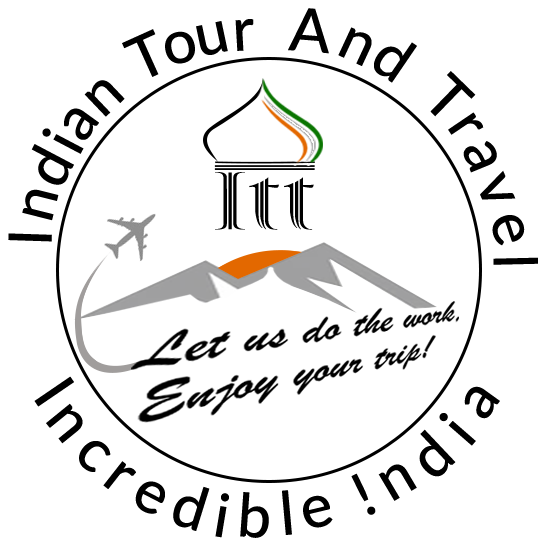Rashtrapati Bhavan
Rashtrapati Bhavan is the official residence of the President of India. Built on a very large scale – 600 meters long and 180 meters wide – it was the former residence of the Viceroy of India during the British regime. Lord Irwin was the first occupant of this building. Rashtrapati Bhavan was designed by Sir Edwin Lutyens and built on Raisina hill, which he saw as an Indian Acropolis with the Viceroy’s house as the Parthenon. Bigger than any palace of Indian Princes and one of the biggest palaces of the world, Rashtrapati Bhavan has a large court to its front and a Mughal style garden at its back. Popularly known as the ‘Mughal Gardens’ or ‘Butterfly Garden’, this garden behind Rashtrapati Bhawan is designed after the terraced gardens of Kashmir and spreads over an area of 130 hectares. It has a number of rare species of flowers especially roses, which are found nowhere else in India. Visitors can visit this beautiful garden only in the month of February when it is open to the public.
Built in a neo-classical style, Rashtrapati Bhavan has 340 large rooms, 37 salons, 74 lobbies and loggias, 18 staircases and 37 fountains. To some extent the style can be said to be Classical or Greek as there are pillars and domes but with very few arches and where one find arches, they are round and not pointed. According to the historian Laura Sykes, it seems that Lutyens was designing some vast opera set for an Indian version of ‘The Mikado’. The dominant feature of the building is its central dome, which is said to be inspired by the Buddhist Stupa at Sanchi. Lutyens introduced stone elephants and a row of lions on sentry duty outside the building, taken straight from the iron railings of London’s Natural History Museum. It is said that he borrowed the idea of red sandstone construction from the Mughals and cream stone from the palaces of Dholpur, Bharatpur and Agra.

The Durbar Hall or the Throne room is the most magnificent room of the Bhavan and is the venue for all official functions of the President of India. It is situated directly under the main dome. Lutyens invented a pillar design for the house incorporating stone bells in the columns at the entrance to the Durbar Hall to recall a legend that the reigning dynasty would survive only so long as the bells remained silent. However, the bells never rang and despite that the empire came to an end after sixteen years. The other rooms open to the public are the Ashok Hall and the Dining Hall or the Banqueting room. Permission to visit Rashtrapati Bhavan can be taken from the Deputy Military Secretary to the President.
This best proportioned building of the city is also famous for its Jaipur Column, which is in the tradition of commemorative pillars ‘replete with Indian and Imperial allegories’. Surmounted by a star made of glass, it was presented by the Maharaja of Jaipur and hence its name.
Rashtrapati Bhavan is grand in every sense, whether it is the ceiling with its amazing design or the beautifully carved furniture. The extensive lawns of the Rashtrapati Bhavan include the Mughal gardens, which are opened to the public in February-March every year. The gardens are famous for their prize-winning roses, herb garden, spiritual garden and collection of plants from all over India and the world.
